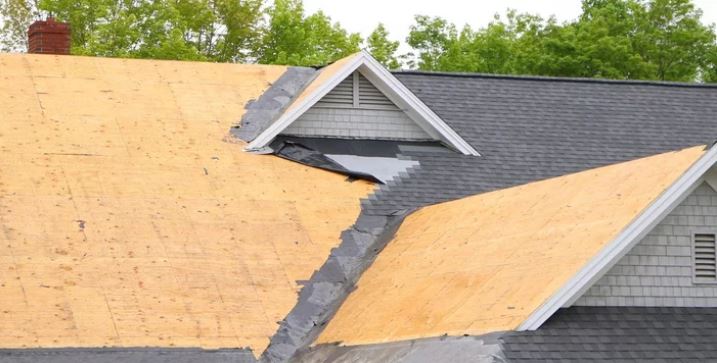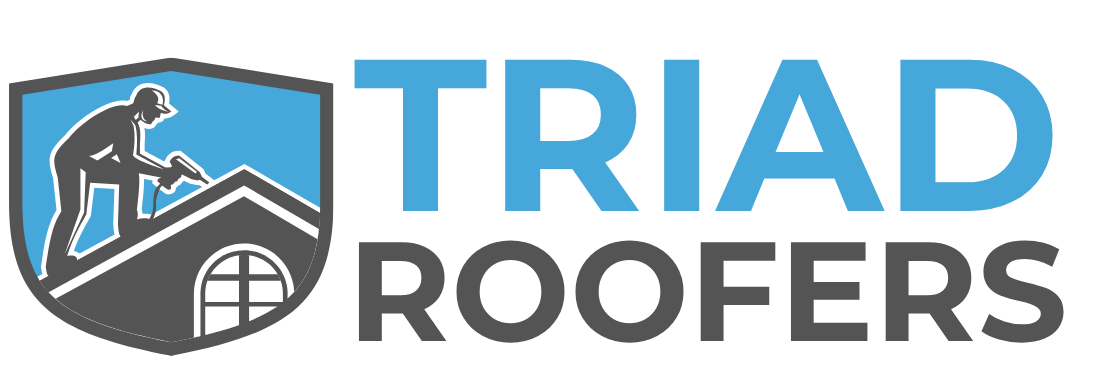
The Piedmont Triad region of North Carolina is known for its blend of seasonal extremes—hot, humid summers, sudden storms, and the occasional winter freeze. These conditions make roofing longevity a key concern for homeowners across Greensboro, Winston-Salem, High Point, and surrounding areas. But how often should you really replace your roof in North Carolina? The answer depends on materials, weather, maintenance, and more.
Common Roofing Replacement Materials and Their Lifespan
The first factor to consider is what type of roofing material your home uses. Each material has a different average lifespan, especially under North Carolina’s climate conditions.
Asphalt Shingles
- Lifespan: 15–30 years
- Notes: Most common in NC; susceptible to UV damage and high winds
Metal Roofing
- Lifespan: 40–70 years
- Notes: Durable, energy-efficient, and popular for storm-prone areas
Wood Shakes
- Lifespan: 20–40 years
- Notes: Aesthetic appeal but higher maintenance; less common in humid climates
Slate and Tile
- Lifespan: 50–100+ years
- Notes: Rare in the Triad region due to weight and cost, but extremely long-lasting
Understanding your current roof’s material is the first step in determining when replacement may be necessary.
Regional Factors That Impact Roof Longevity
North Carolina’s Piedmont Triad region sees a mix of weather extremes that can speed up roof deterioration:
- High humidity and rain: Can lead to mold, mildew, and shingle warping
- Wind and hail: Can damage shingles and metal seams
- UV exposure: Prolonged sun exposure dries out materials faster
Roofing systems in the Triad often face more wear than the national average, making proactive replacement a smart move every 20–25 years for asphalt roofs, even if they’re rated for 30 years.

Signs It Might Be Time to Replace Your Roof
Beyond the numbers, there are visible and structural cues that indicate a roof may be nearing the end of its lifespan:
- Missing or curling shingles
- Water stains on ceilings or attic walls
- Granule loss (bald spots on shingles)
- Mold or algae streaks
- Sagging roof lines
If you’re seeing more than one of these issues, replacement may be more cost-effective than ongoing repairs.
Routine Maintenance Extends Roof Life
Regular inspections and basic upkeep can help extend your roof’s life significantly:
- Clean gutters and downspouts
- Remove debris and branches from roof surfaces
- Check flashing and sealants around vents and chimneys
- Schedule professional inspections every 2–3 years
Even simple maintenance can delay the need for full replacement and keep your roof functioning at its best.
When Replacement Makes Sense Financially
Waiting too long to replace a failing roof can lead to interior damage, higher utility bills, and mold remediation costs. Sometimes, replacing a roof early—especially if you’re already investing in major exterior work—can be a smarter long-term decision.
For homeowners tackling multiple renovations, like siding or full home remodeling, it often makes sense to upgrade the roof at the same time to avoid mismatched materials or repeated contractor visits.
If you’re exploring roofing upgrades alongside a broader renovation, planning your timeline with a general contractor may be beneficial. Consider looking into region-specific resources, such as state housing improvement guides or local contractor directories like VisitNC.com, to support your research.
There’s no one-size-fits-all answer for how often to replace a roof in North Carolina, but by understanding your materials, monitoring condition, and responding to regional wear, you can protect your home and budget effectively. In the Triad, a roof isn’t just a cap on your home—it’s your first line of defense against a highly variable climate.
